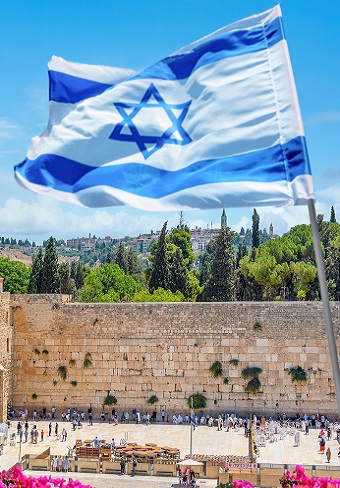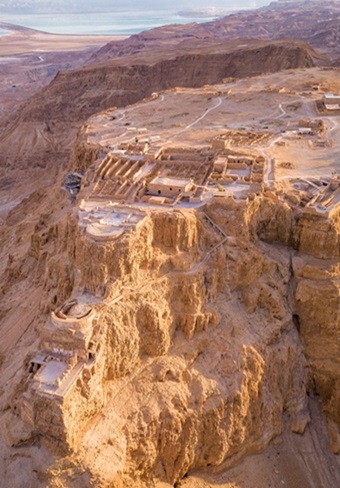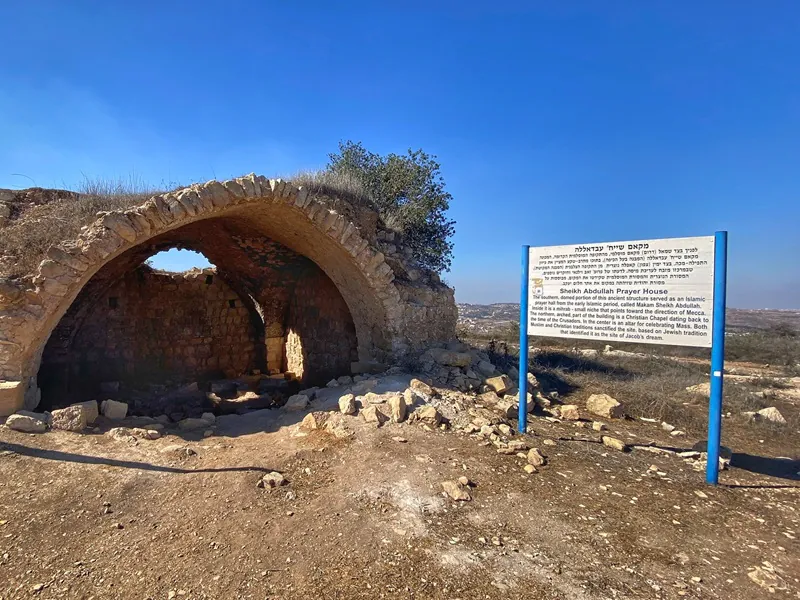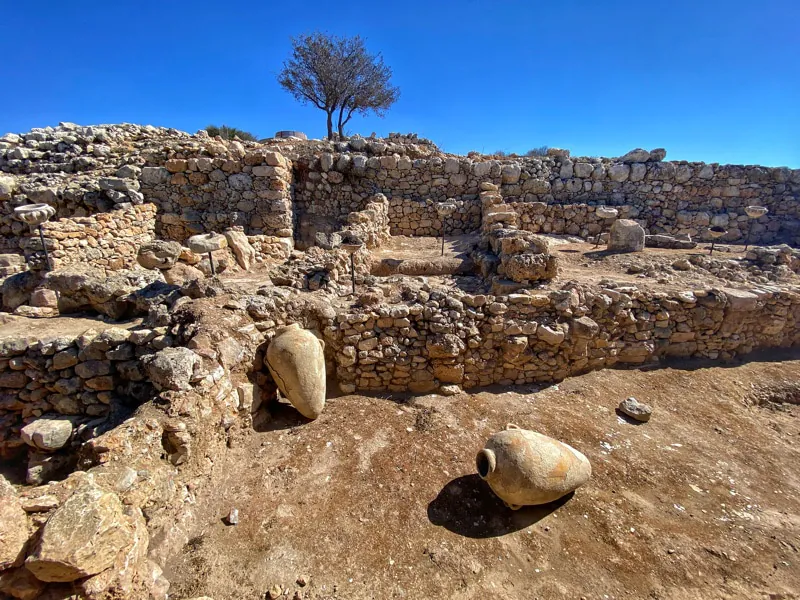Jericho
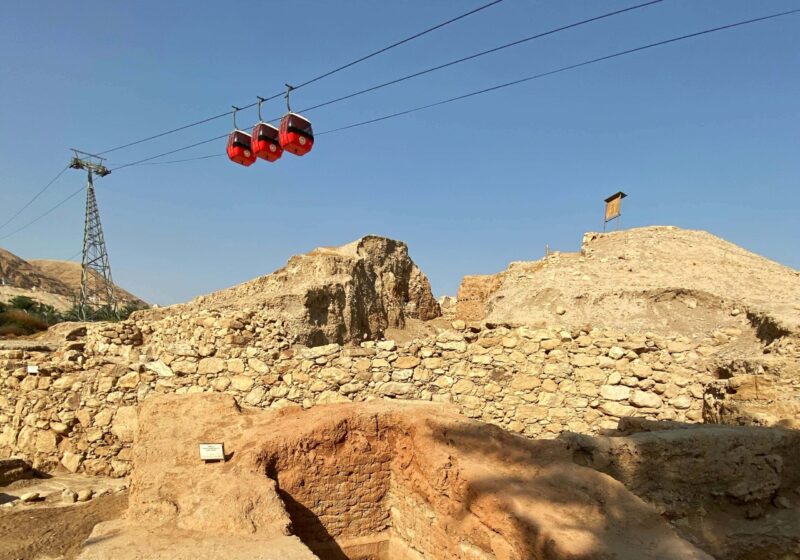
Located 10 miles North west of the Dead Sea and 6 miles west of the Jordan river, Jericho holds two world records: it is the topographically the lowest city on earth (1300 feet below Sea Level). And together with Göbekli Tepe, Jericho holds the tiele of being oldest fortified site on the planet. However, for Most of the Western World Jericho is associated with its walls tumbling down by Joshua and the Israelites.
A Short History of Jericho
Jericho’s spring (Elisha’s Spring) attracted various groups of people, from the dawn of history. At the Biblical mound next to it (Tel es-Sultan) archaeologists recovered 20 layers of occupation, the oldest dating to the Neolithic Period. The Old Testament titles Jericho as the “City of Palms”, and indeed palm trees are a common sight in the oasis, to this day. But more famous is the biblical narrative of how the city was captured by the Israelites, circling it 7 times with the ark till the walls fell. In the first century BCE Jericho was a profitable estate where dates and balsam groves were cultivated. The Roman emperor Augustus granted the estate to Cleopatra, queen of Egypt, but king Herod desired it too, and so he leased it back from Cleopatra. Herod also built a lavish royal complex in Jericho. He also constructed in Jericho a unique entertainment complex of a theatre combined with a stadium and a hippodrome.
Jesus and Jericho
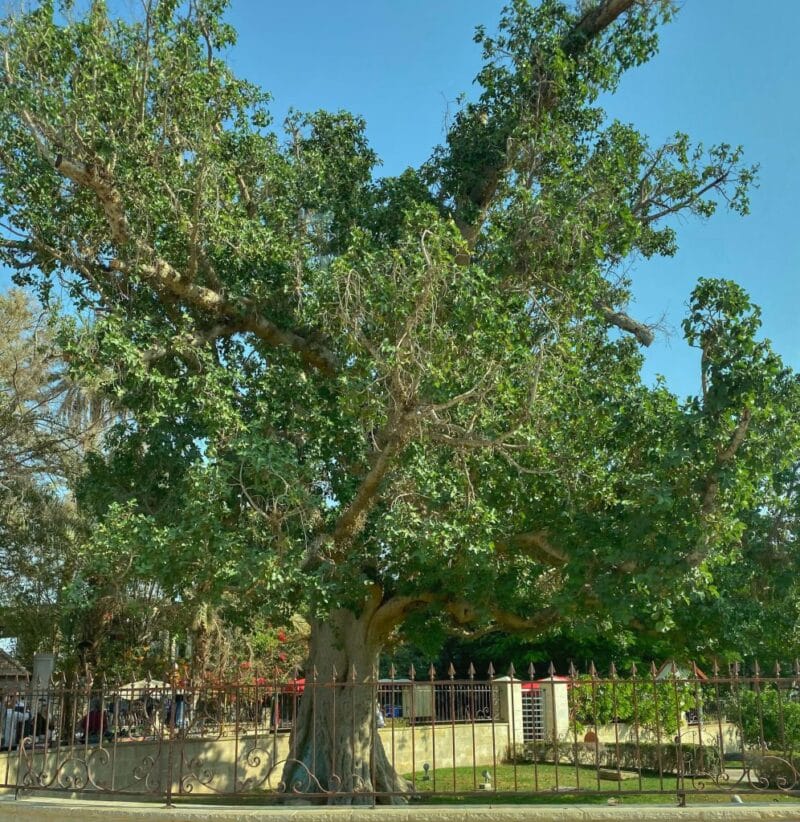 Being along the main road of the Jordan valley, all the synoptic Gospels record Jesus passing through Jericho on his way from Galilee to Jerusalem. The most detailed account is given by Luke, in which Jesus heals a blind man. Later he is hosted by a tax collector named Zacchaeus, who climbed on a sycamore tree to see him.
Being along the main road of the Jordan valley, all the synoptic Gospels record Jesus passing through Jericho on his way from Galilee to Jerusalem. The most detailed account is given by Luke, in which Jesus heals a blind man. Later he is hosted by a tax collector named Zacchaeus, who climbed on a sycamore tree to see him.
By Christian tradition the sycamore tree on which Zacchaeus climbed can still be seen at Jericho, on the side of the main road crossing the city. It is one of the oldest and biggest sycamore trees known in Israel.
Touring Jericho
 Because of the detailed account of its destruction in the Book of Joshua, archaeological research at the Biblical Mound of Jericho (Tel es-Sultan) began already in the mid 19th century. Although no clear evidence of the Israelite conquest and destruction has been found to this day, the mound is an interesting place to visit, presenting a wealth of finds from Canaanite and Israelite times. Nearby, one can also take a cable car that hovers over the mound and reaches the Monastery of the Temptation. By Local Christian tradition it is the place where Jesus resisted the temptation of Satan after his baptism. Clearer evidence from the days of Jesus at Jericho can be seen at the palace complex of king Herod south of the Biblical mound (at Tulul abu el-alayiq). The complex is comprised of an elaborate bath house next to a reception hall and a triclinium, all built against the northern bank of Wadi Kelt. Opposite it, on the southern bank of the Wadi, a sunken garden was constructed next to a big rectangular pool, and both flanking a watch tower. The northern and southern sides were linked by a bridge built over the wadi. Sadly, the site is not maintained well under Palestinian control. At the northern end of Jericho Hisham’s Palace is the best preserved example of Ummayad period desert palaces.
Because of the detailed account of its destruction in the Book of Joshua, archaeological research at the Biblical Mound of Jericho (Tel es-Sultan) began already in the mid 19th century. Although no clear evidence of the Israelite conquest and destruction has been found to this day, the mound is an interesting place to visit, presenting a wealth of finds from Canaanite and Israelite times. Nearby, one can also take a cable car that hovers over the mound and reaches the Monastery of the Temptation. By Local Christian tradition it is the place where Jesus resisted the temptation of Satan after his baptism. Clearer evidence from the days of Jesus at Jericho can be seen at the palace complex of king Herod south of the Biblical mound (at Tulul abu el-alayiq). The complex is comprised of an elaborate bath house next to a reception hall and a triclinium, all built against the northern bank of Wadi Kelt. Opposite it, on the southern bank of the Wadi, a sunken garden was constructed next to a big rectangular pool, and both flanking a watch tower. The northern and southern sides were linked by a bridge built over the wadi. Sadly, the site is not maintained well under Palestinian control. At the northern end of Jericho Hisham’s Palace is the best preserved example of Ummayad period desert palaces.
Points of Interest in the Area
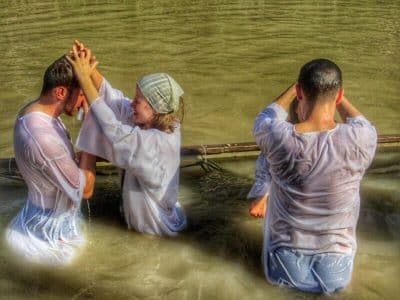 A short distance from Jericho is the traditional site of the baptism of Jesus. Further south, in cliffs above the Dead Sea, are the caves where the Dead Sea Scrolls were found. Most scholars agree that they were compiled by a group residing at Qumran. Alongside the old and scenic road ascending from Jericho to Jerusalem is a beautiful viewpoint of Saint George Monastery, a remnant of the monastic movement that flourished in the Judean Desert in the Byzantine Period.
A short distance from Jericho is the traditional site of the baptism of Jesus. Further south, in cliffs above the Dead Sea, are the caves where the Dead Sea Scrolls were found. Most scholars agree that they were compiled by a group residing at Qumran. Alongside the old and scenic road ascending from Jericho to Jerusalem is a beautiful viewpoint of Saint George Monastery, a remnant of the monastic movement that flourished in the Judean Desert in the Byzantine Period.
